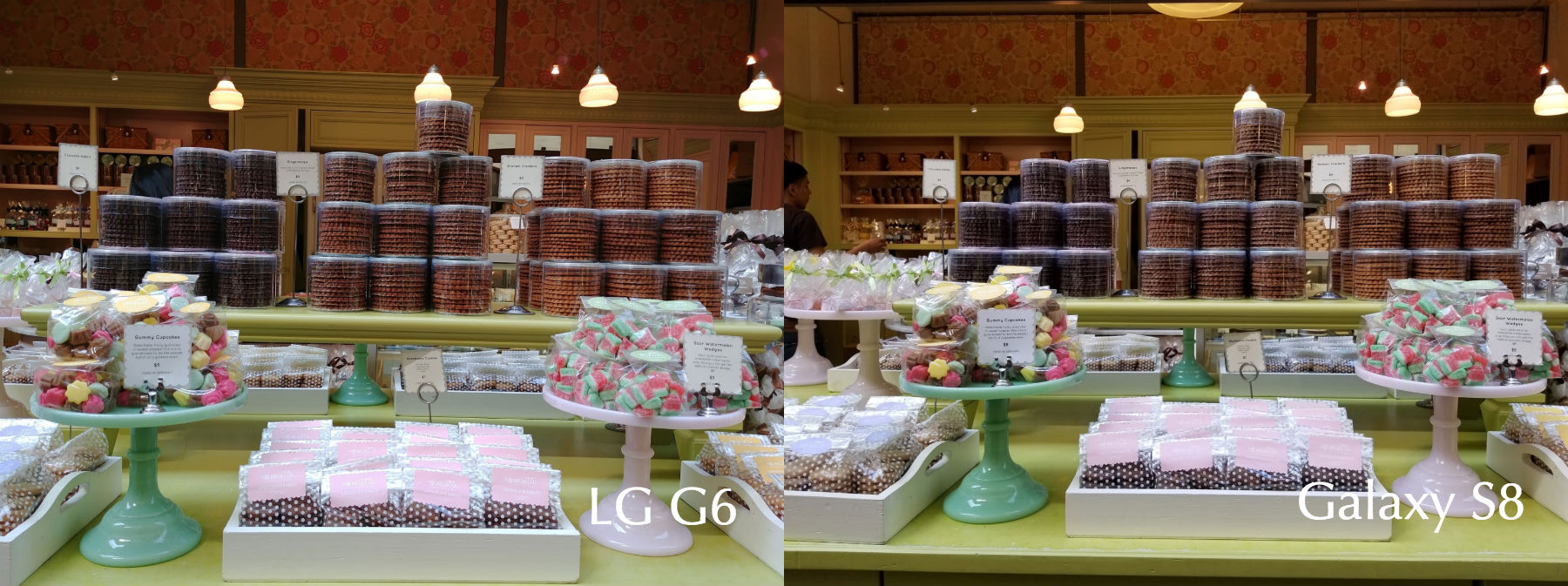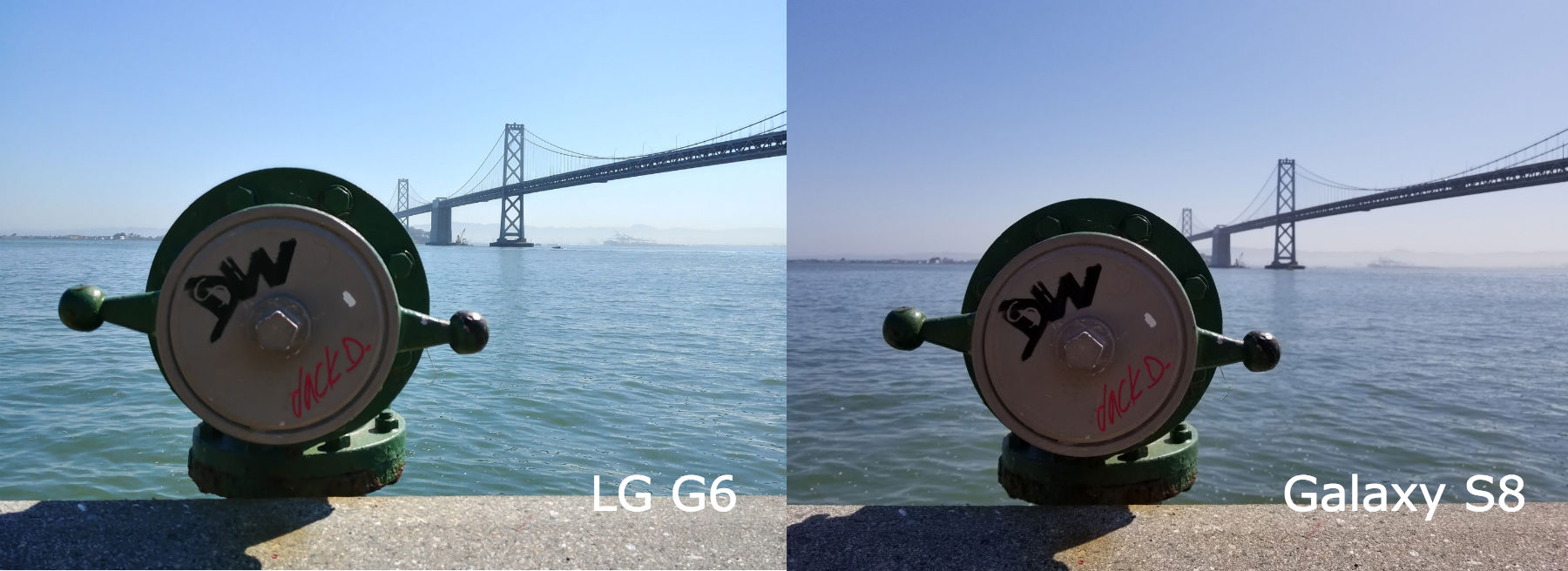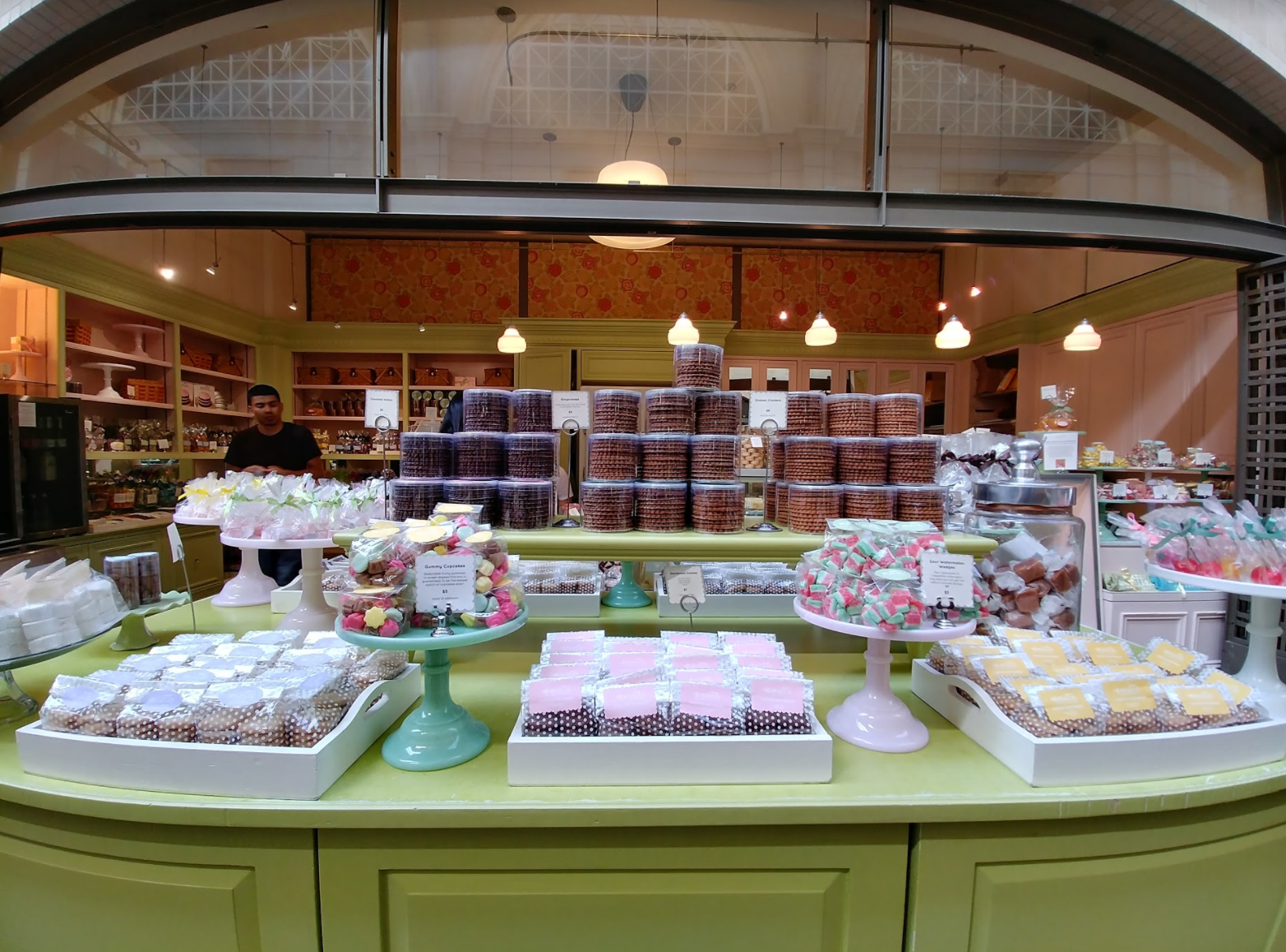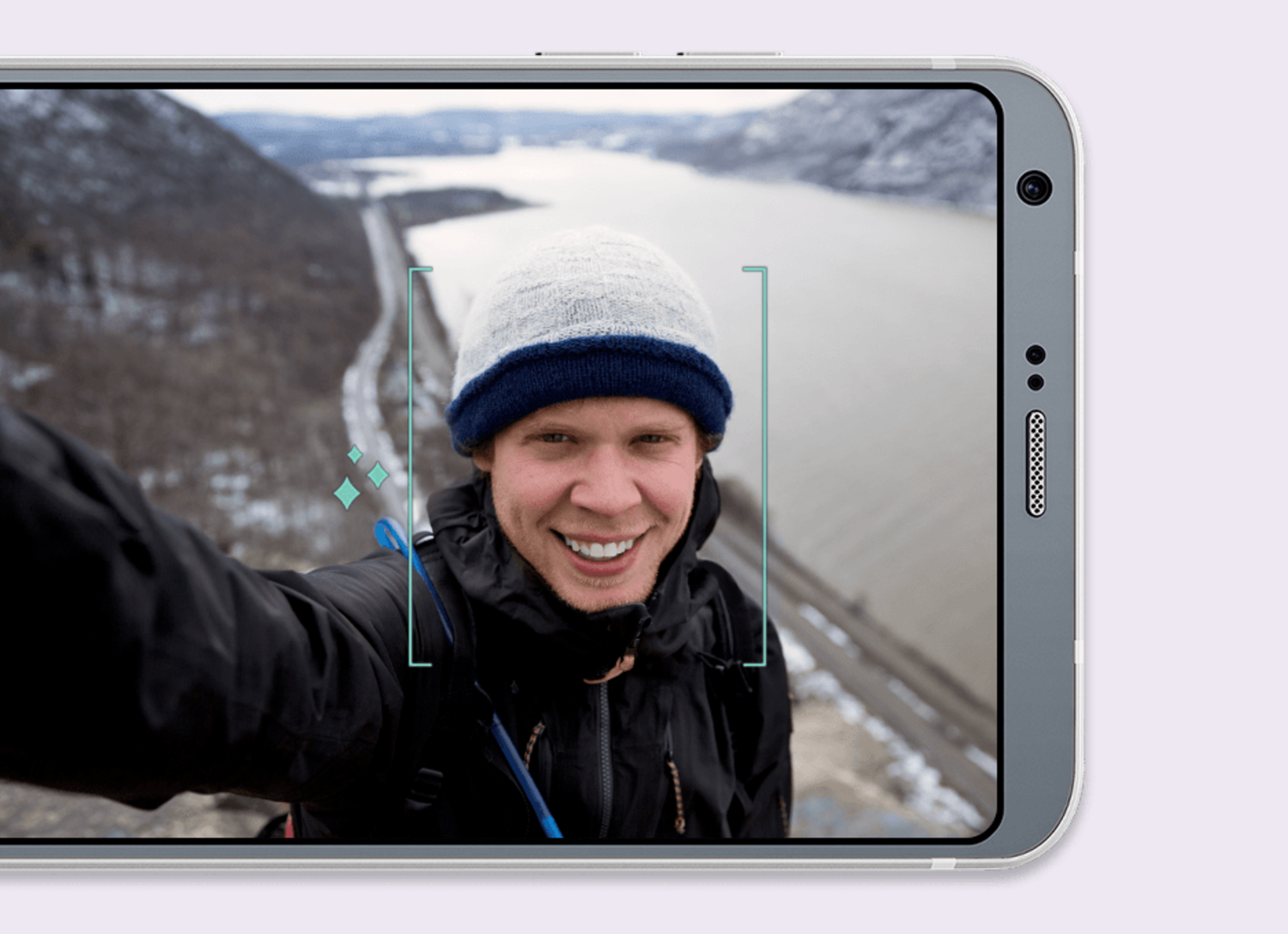LG G6 vs. Samsung Galaxy S8: Camera Comparison
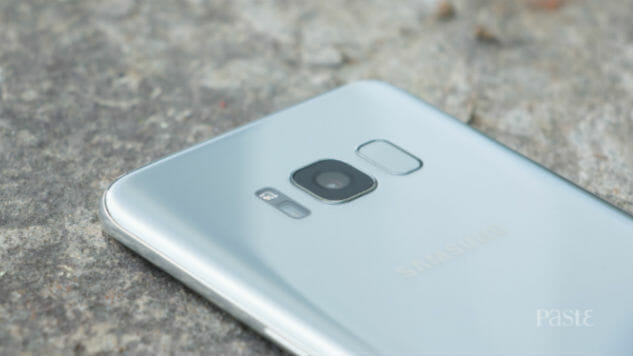
There has never been a better time to be an aspiring mobile photographer, with smartphone manufacturers like Apple, Google, HTC, Huawei, LG, Motorola, OnePlus, Samsung, Sony and ZTE all improving their camera game. Newer sensors, better optics, smarter camera algorithms, more powerful processors and greatly improved low light performance are now part of the smartphone buying equation. I’ve previously detailed my experience using the LG G6 and the Samsung Galaxy S8, and now we’re going to focus specifically on the camera hardware and performance of these two phones.
Since the LG G6 and Samsung Galaxy S8 were released, we’ve seen newer entries in the race, including HTC’s U11 and the OnePlus 5. However, the LG G6 and Samsung Galaxy S8 remain popular due to a number of factors—heavy promotions from the manufacturers and retailers, wide retail availability, attractive designs and features. As such, even in mid-2017, the LG G6 and Galaxy S8 are still important devices to benchmark other devices given these two phones’ strong popularity.
Hardware

LG G6 wide angle mode.
There are some significant differences between the camera hardware on the LG G6 and Samsung Galaxy S8. While Samsung chose to use a single 12-megapixel camera sensor with an f/1.7 aperture, LG implemented a dual lens system on the G6, adding a secondary wide angle lens to the main camera system.
The LG G6 has a 13-megapixel main camera with an f/1.8 aperture and a secondary 13-megapixel camera with a wide angle lens and an f/2.4 aperture.
Both the G6 and Galaxy S8 comes with optical image stabilization, fast autofocus and LED flash. The G6 has a dual LED flash while the Galaxy S8 has a single LED flash. Samsung also uses a slightly larger 1/2.5-inch sensor, compared to LG’s 1/3-inch sensor. This means that each pixel on the Galaxy S8’s sensor is slightly larger than the G6’s pixel size, allowing the sensor to capture more light for low-light photography.
The Results
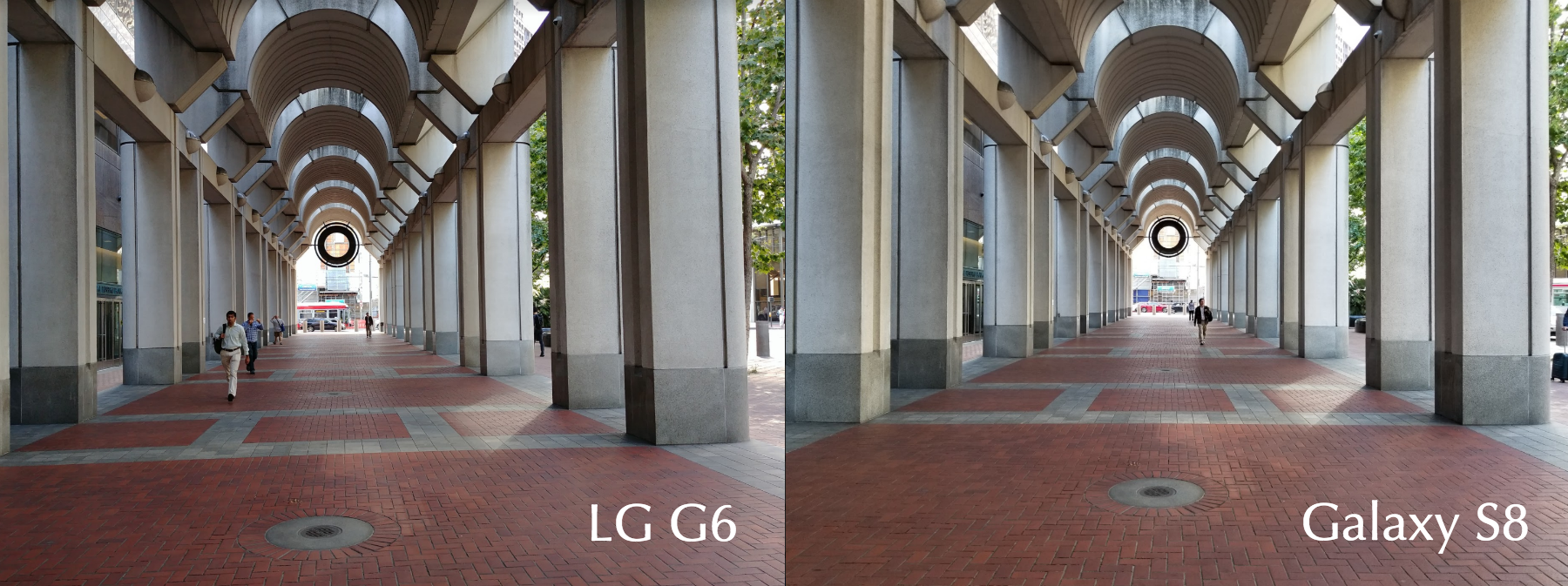
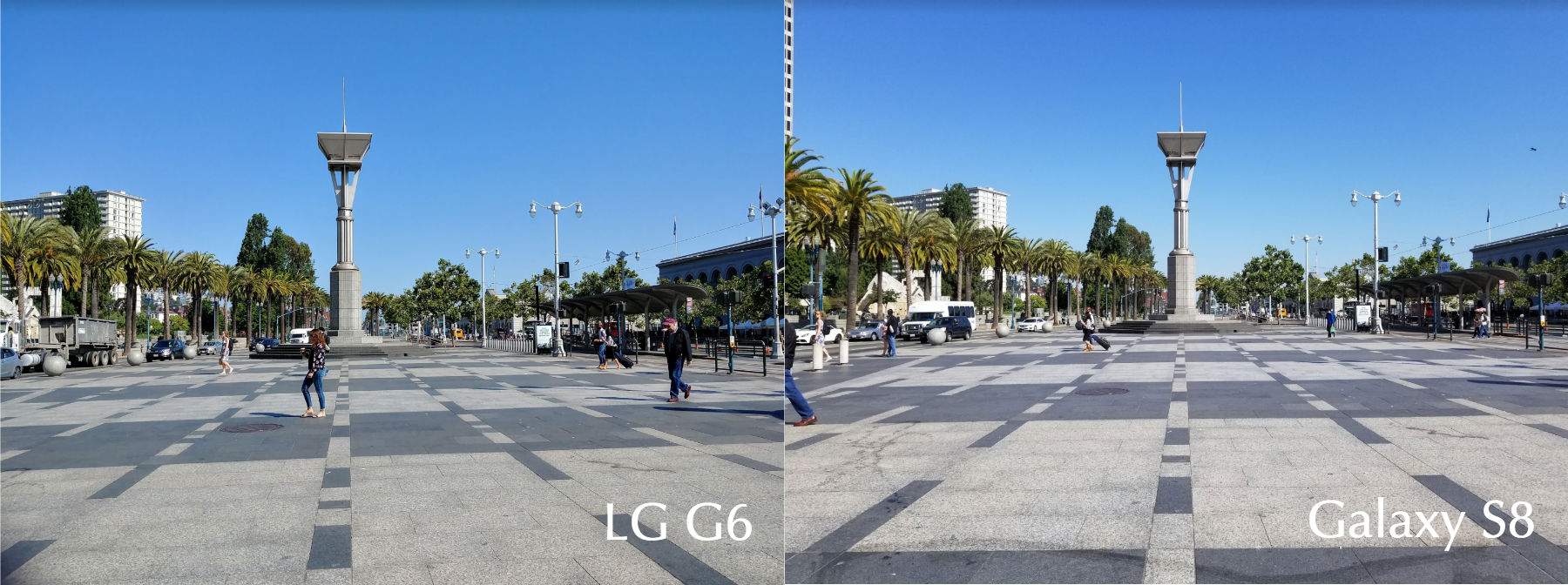
-

-

-

-

-

-

-

-

-

-

-

-

-

-

-

-

-

-

-

-

-

-

-

-

-

-

-

-

-

-

-

-

-

-

-

-

-

-

-

-


